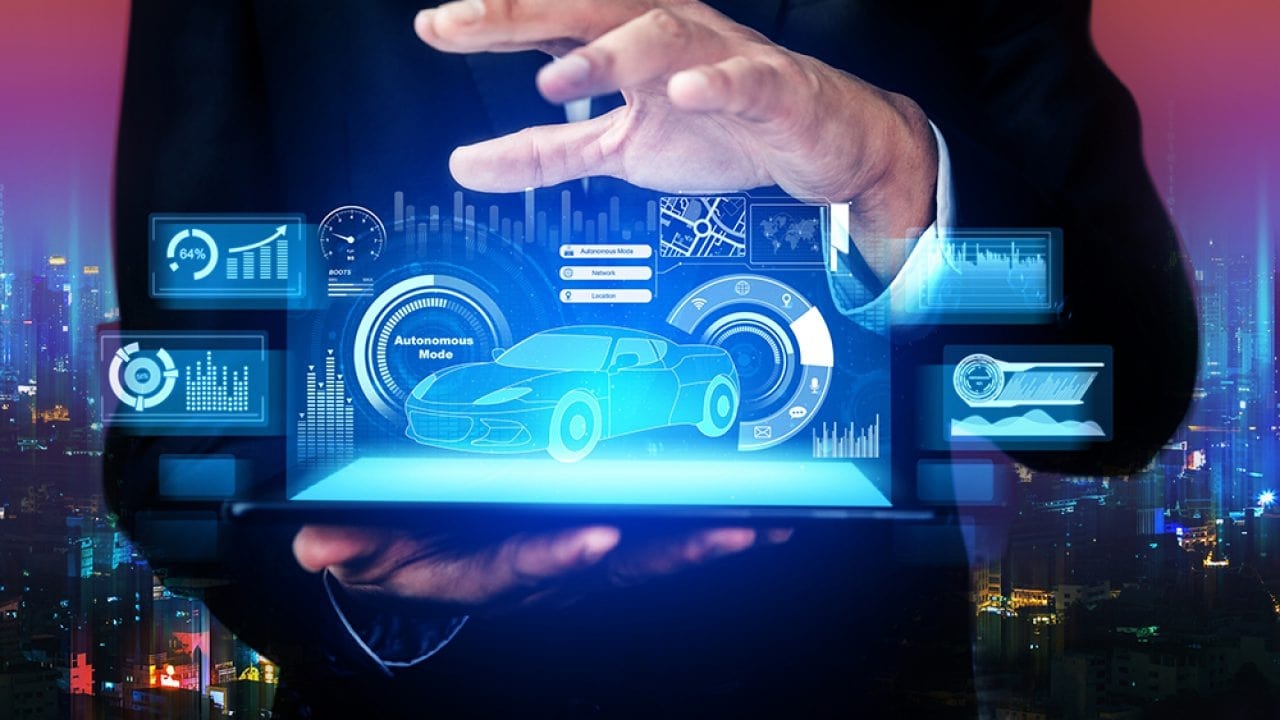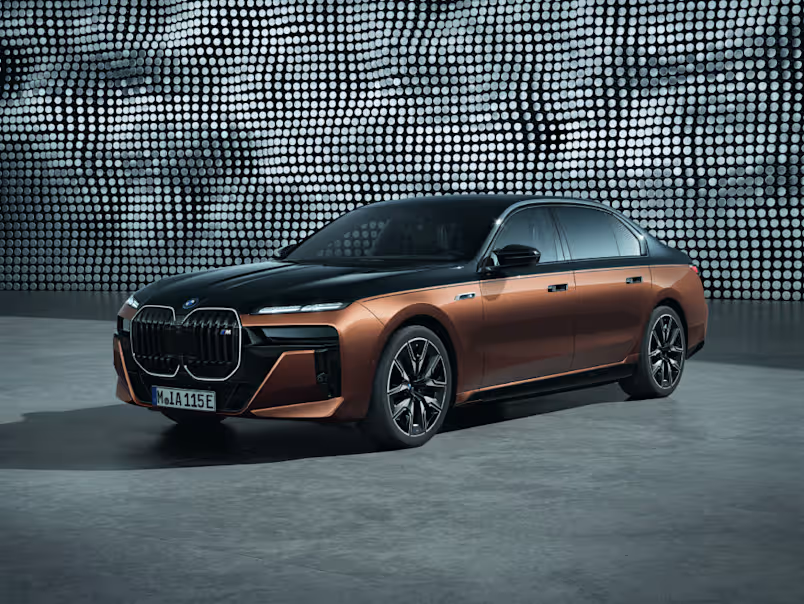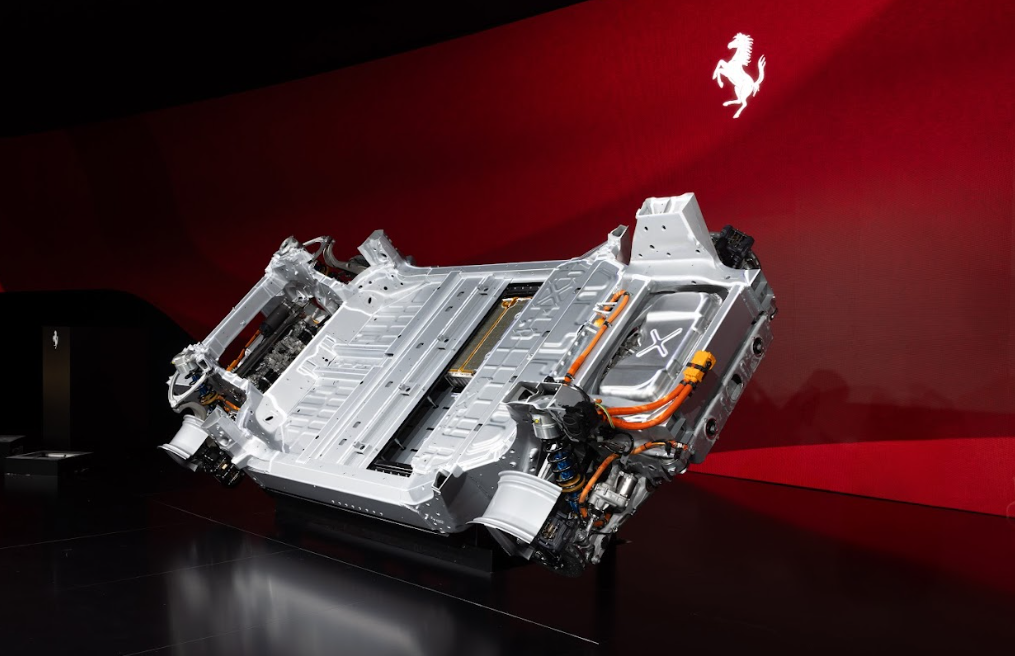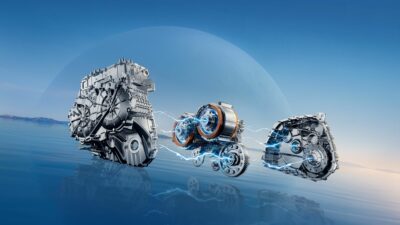
Cover StoryFeaturedTechnology
Driving into the Future: Key Trends Shaping the Automotive Industry in 2025
by CarBook,
In 2025, the automotive industry is experiencing a transformative phase, marked by advancements in technology, sustainability initiatives, and shifting consumer preferences. Here are some key highlights of the automotive landscape in 2025:
- Electric Vehicle (EV) Revolution: The transition towards electric vehicles continues to gain momentum, with major automakers investing heavily in EV technology. Improved battery technology, extended driving ranges, and expanding charging infrastructure contribute to the growing acceptance of EVs among consumers. Governments worldwide are also implementing stricter emissions regulations, further incentivizing the adoption of electric and hybrid vehicles.
- Autonomous Driving: The development of autonomous vehicles (AVs) reaches new heights in 2025, with companies making significant strides in self-driving technology. Advanced driver-assistance systems (ADAS) enable semi-autonomous features such as adaptive cruise control, lane-keeping assist, and automated parking. While fully autonomous cars are still in the testing phase, prototypes demonstrate promising capabilities in navigation and safety.
- Connectivity and Smart Features: Cars are becoming increasingly connected, equipped with sophisticated infotainment systems, GPS navigation, and seamless smartphone integration. Vehicle-to-everything (V2X) communication enables cars to interact with each other and with surrounding infrastructure, enhancing safety and efficiency on the roads. Additionally, over-the-air (OTA) updates allow manufacturers to remotely update software and introduce new features to vehicles, improving functionality and security.
- Sustainable Materials and Design: Automakers prioritize sustainability in both manufacturing processes and vehicle design. Recycled materials, eco-friendly interiors, and lightweight components contribute to reducing environmental impact throughout the vehicle’s lifecycle. Additionally, innovative design approaches focus on aerodynamics and energy efficiency, further optimizing fuel consumption and reducing carbon emissions.
- Rise of Mobility Services: The concept of car ownership undergoes a transformation, with an increasing number of consumers embracing shared mobility services, ride-hailing platforms, and subscription-based models. Urbanization trends and changing consumer attitudes towards car ownership drive the popularity of on-demand transportation solutions. Automakers and tech companies collaborate to develop integrated mobility platforms that offer seamless access to various transportation modes.







